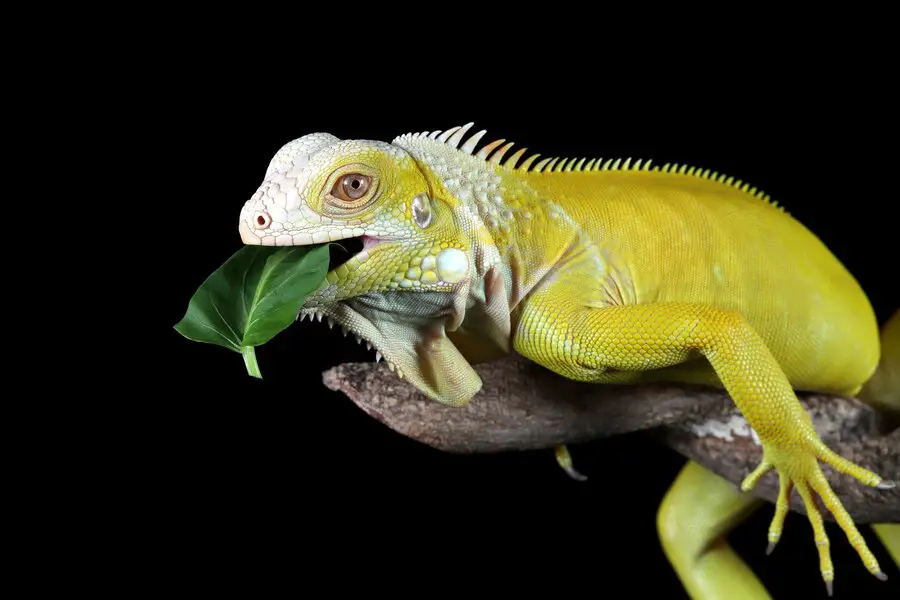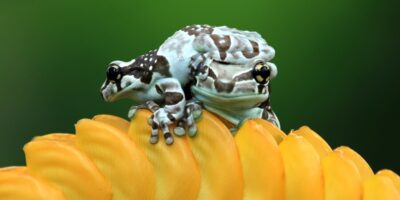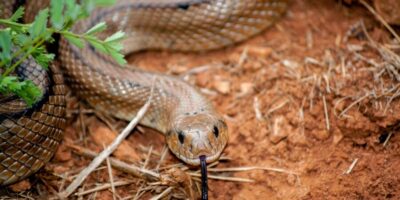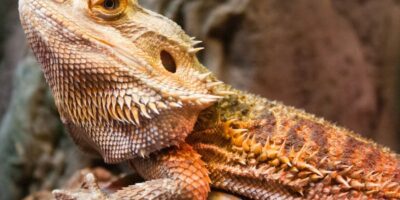The Yellow Ackie Monitor, also known as the Spiny-tailed Monitor, is a beloved pet lizard among reptile enthusiasts. These fascinating creatures originate from the arid regions of Australia and are known for their striking yellow coloration and unique spiny tails. Yellow Ackie Monitors are relatively small, reaching an average length of 2 to 3 feet. They have a curious and active nature, making them engaging pets to observe and interact with. While they require specific care and attention, their captivating appearance and playful demeanor make them a popular choice for reptile enthusiasts.
Providing proper care for Yellow Ackie Monitors is crucial for their overall well-being. These incredible lizards have specific requirements that must be met to ensure they thrive in captivity. By meeting their needs for habitat, diet, temperature, and socialization, we can help promote their physical and mental health. Creating a suitable environment with adequate space, appropriate substrate, and proper temperature gradients allows them to exhibit natural behaviors and feel secure. Additionally, a balanced diet rich in varied prey items ensures they receive the necessary nutrients for growth and vitality. Regular vet check-ups, handling with care, and maintaining a clean enclosure further contribute to their well-being.
Habitat Requirements
When it comes to the ideal enclosure size and setup for Yellow Ackie Monitors, bigger is better. These active lizards need ample space to roam and explore. A minimum enclosure size for a single adult should be around 4 feet long, 2 feet wide, and 2 feet tall. Providing a secure and escape-proof enclosure with a mix of substrate, such as a blend of soil and sand, allows them to dig and burrow.
Adding various hiding spots, branches, and rocks creates a stimulating environment for them to climb and bask. It’s important to maintain a temperature gradient, with a hot basking spot around 110°F and a cooler area around 80°F. UVB lighting is also essential for their overall health. A temperature gradient and UVB lighting are essential for the well-being of our Yellow Ackie Monitors. These reptiles are ectothermic, relying on external heat sources to regulate their body temperature.
By providing a temperature gradient in their enclosure, with a warm basking spot and a cooler area, we allow them to thermoregulate and maintain their metabolism. UVB lighting is equally important as it enables them to produce vitamin D3, which aids in calcium absorption and prevents metabolic bone disease. It’s crucial to ensure that their habitat includes proper heat sources and UVB lighting to support their overall health and vitality.
Opportunities for Yellow Ackie Monitors
Providing a suitable substrate, hiding spots, and climbing opportunities is crucial for the well-being of our Yellow Ackie Monitors. A proper substrate, such as a mix of soil and sand, allows them to engage in natural behaviors like digging and burrowing. This helps them regulate their body temperature and explore their environment. Hiding spots, such as caves or hollow logs, give them a sense of security and privacy, reducing stress levels.
Additionally, climbing opportunities, like branches or rocks, enable them to exercise and exhibit their natural behaviors. It’s important to create an enriching habitat that mimics their natural environment, ensuring their physical and mental stimulation. By providing these elements, we are promoting their overall health and happiness.
Diet and feeding
In the wild, Yellow Ackie Monitors have a diverse and carnivorous diet. They primarily feed on insects, such as crickets, mealworms, and roaches. They also enjoy small vertebrates like mice, lizards, and bird eggs. It’s important to provide them with various appropriate food items to ensure a balanced diet. Here’s a comprehensive list of suitable food options: crickets, mealworms,dubia, roaches, waxworms, silkworms, superworms, small mice, small lizards, and occasional bird eggs. Always provide properly sized prey items and ensure they are gut-loaded or supplemented for optimal nutrition. Feeding frequency and supplementation are crucial aspects of caring for Yellow Ackie Monitors.
These active lizards have a high metabolism, so it’s important to offer them regular meals. Young ackies should be fed daily, while adults can be fed every other day. As for supplementation, it’s recommended to dust their food with a calcium supplement containing vitamin D3 at least twice a week to ensure proper calcium absorption. Additionally, a multivitamin supplement can be provided once a week to ensure they receive all the necessary vitamins and minerals. Remember, a well-balanced diet and proper supplementation contribute to the overall health and vitality of our scaly friends.
Temperature and humidity
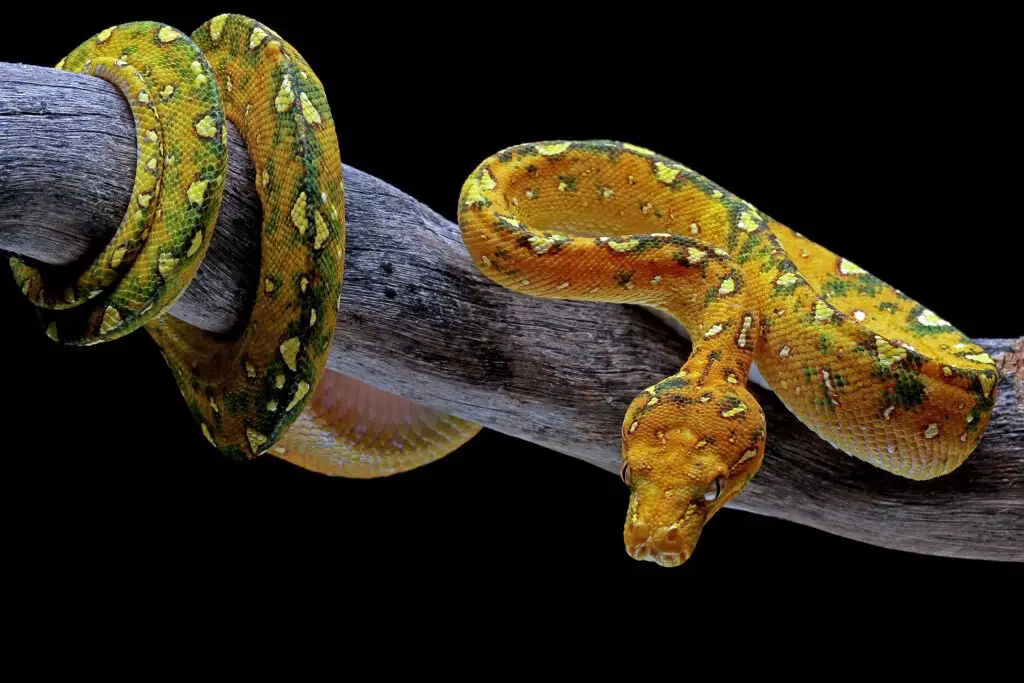
Yellow Ackie Monitor
Yellow Ackie Monitors thrive in specific temperature ranges to maintain their health and activity levels. For basking, provide a temperature of around 110-120°F (43-49°C) under a heat lamp or ceramic heat emitter. The ambient temperature in their enclosure should range between 85-95°F (29-35°C) during the day, and it can drop to 75-80°F (24-27°C) at night. It’s crucial to monitor these temperatures using a reliable thermometer and adjust accordingly to ensure your little ackies are comfortable and can properly regulate their body temperature.
Maintaining proper humidity levels is essential for the health and shedding process of Yellow Ackie Monitors. These reptiles come from arid regions, so providing a humidity level of around 40-60% is ideal. Adequate humidity helps to keep their skin hydrated and aids in the shedding process. Insufficient humidity can lead to retained shed, which can cause discomfort and even health issues. To maintain the proper humidity, you can mist the enclosure with water or use a reptile fogger or humidifier.
Handling and socialization
It’s crucial to give Yellow Ackie Monitors time to acclimate to their new environment before handling them. These lizards are naturally skittish and need to feel secure in their surroundings. Moving to a new enclosure can be stressful for them, so it’s best to allow them to settle in and get comfortable before attempting any handling. This can take anywhere from a few days to a couple of weeks.
By giving them this adjustment period, you’re helping to reduce their stress levels and build trust. When it comes to handling Yellow Ackie Monitors, gentle techniques and building trust over time are key. Start by approaching them slowly and calmly, using flat palms to scoop them up from below. Avoid sudden movements or grabbing them forcefully, as this can stress them out.
It’s important to remember that each Mackie has its own personality and comfort level with handling, so be patient and respect their boundaries. By handling them gently and consistently over time, you can help build trust and create a positive interaction experience. Additionally, always supervise interactions and avoid excessive stress, as prolonged stress can negatively impact their health.
Health and Veterinary Care
Yellow Ackie Monitors, like any other pets, can face some common health issues. These may include respiratory infections, parasites, metabolic bone disease, and skin infections. To ensure their well-being, regular vet check-ups are crucial. A reptile-savvy veterinarian can examine them, provide necessary vaccinations, and detect any potential health concerns early on.
Additionally, preventive measures such as maintaining proper husbandry, providing a balanced diet, and ensuring a clean and suitable enclosure can greatly reduce the risk of health issues. It’s super important to always have supervised interaction with Yellow Ackie Monitors and avoid putting them under excessive stress.
These lizards can get overwhelmed easily, so it’s vital to keep an eye on them during any interactions. Avoid loud noises, sudden movements, and overcrowding, as these can cause stress and anxiety for our scaly pals. By providing a calm and controlled environment, we can ensure their well-being and help them feel safe and secure.
Conclusion
Providing proper care and attention to our Yellow Ackie Monitors ensures they lead happy and healthy lives. Remember to create a suitable environment, offer a balanced diet, and provide regular vet check-ups. Gentle handling, supervised interactions, and minimizing stress are key to their well-being, and responsible ownership is all about giving them the love and care they deserve.
